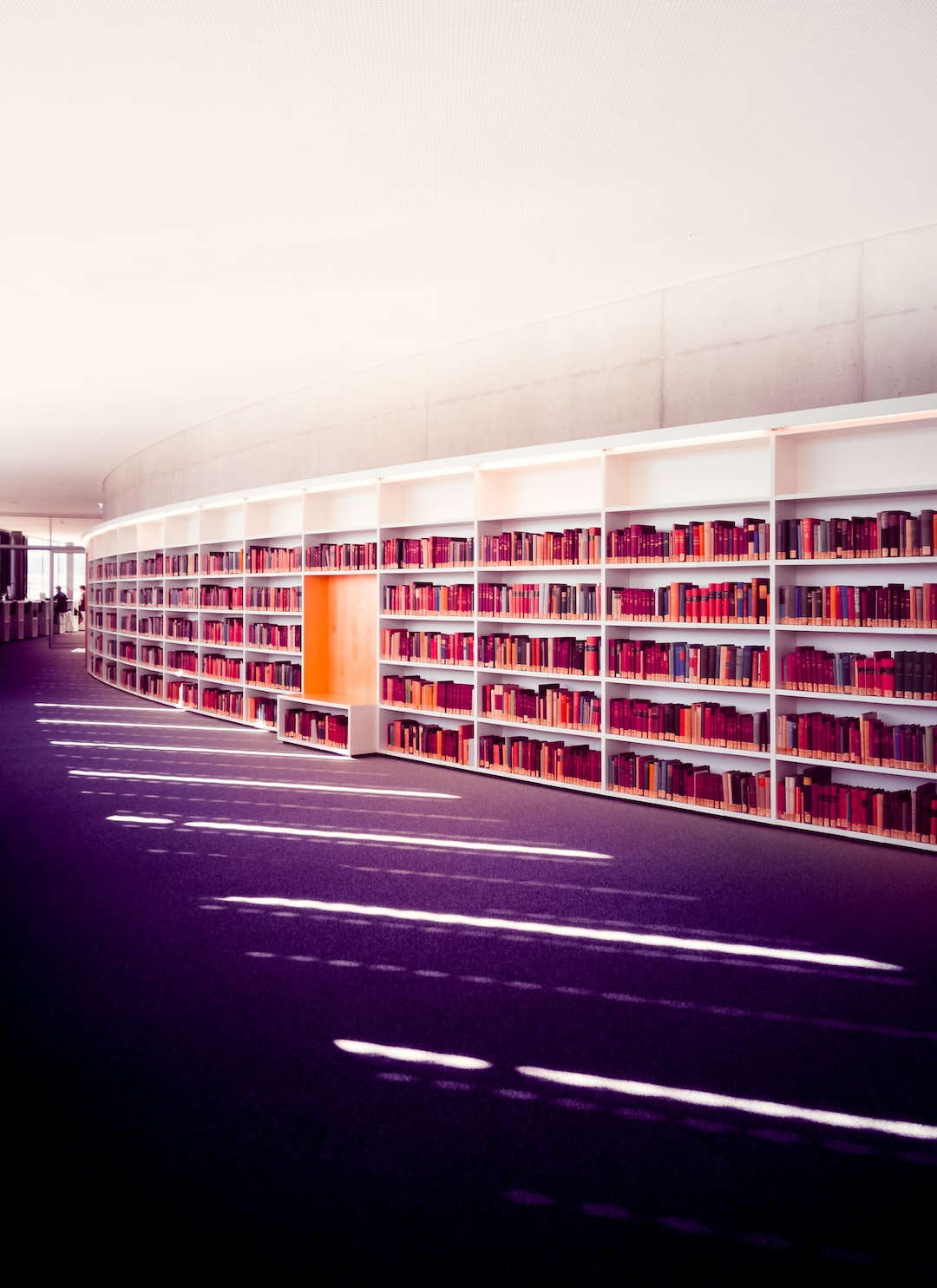The significance of incorporating art and creativity in education
In today’s world, where innovation and problem-solving skills have become the core requirements for success, it is crucial to incorporate art and creativity into education. Traditional education systems often focus on academic subjects like math, science, and language, neglecting the importance of artistic expression. However, fostering creativity in schools can lead to numerous benefits for students and educators alike. This blog post explores the significance of incorporating art and creativity in education.
Firstly, incorporating art and creativity in education promotes holistic development. Artistic activities such as painting, sculpting, and writing allow students to explore and express their emotions and thoughts. This not only enhances their emotional intelligence but also boosts their self-confidence and self-esteem. When students engage in creative pursuits, they are given the freedom to express themselves without fear of judgment, which allows them to develop a stronger sense of self-identity.
Moreover, art education enhances critical thinking and problem-solving skills. Creative activities require students to think outside the box, analyze different perspectives, and come up with innovative ideas. By engaging in art, students develop the ability to visualize and imagine alternative solutions, a skill that is useful in various other subjects and real-life situations. Through art, students learn to take risks, experiment, and learn from their mistakes, fostering a growth mindset.
Additionally, incorporating art and creativity in education fosters collaboration and teamwork. Many artistic activities, such as group projects and performances, encourage students to work together towards a common goal. By engaging in collaborative art projects, students learn to communicate effectively, listen to others’ ideas, and compromise. They also develop empathy and respect for diverse perspectives, skills that are invaluable in a globalized world.
Furthermore, art education enhances cultural appreciation and awareness. Art often reflects the history, traditions, and values of different cultures. By studying and creating art from different cultures, students gain a deeper understanding and respect for diversity. This promotes inclusivity and tolerance, fostering a more harmonious and peaceful society. Additionally, art can be a powerful tool for marginalized communities to reclaim their voices and challenge societal norms. Incorporating diverse art forms in education helps students appreciate and celebrate the richness of their own and others’ cultural heritage.
Moreover, art education enhances academic achievement. Numerous studies have shown a positive correlation between art education and improved academic performance. Engaging in artistic activities improves memory, attention span, and problem-solving skills, which are transferable to other subjects. Research also suggests that art education leads to increased engagement, motivation, and attendance, creating a more positive learning environment. By incorporating art and creativity, educators provide a well-rounded education that nurtures the whole child.
Lastly, art education prepares students for the future workforce. In today’s rapidly changing world, creativity, adaptability, and innovation have become prized skills. The integration of art in education fosters these skills, enabling students to thrive in a future where automation and artificial intelligence are reshaping job markets. Art education also nurtures entrepreneurial skills by teaching students to take risks, think outside the box, and create unique solutions. It encourages students to be proactive and innovative, qualities that are highly sought after in entrepreneurship and leadership roles.
In conclusion, incorporating art and creativity in education plays a pivotal role in enhancing holistic development, fostering critical thinking skills, promoting collaboration, fostering cultural appreciation, improving academic performance, and preparing students for the future workforce. By recognizing the significance of art education, educators can create a learner-centered environment that nurtures creativity, empowers students, and prepares them for success in the 21st century. It is high time that we give art and creativity the recognition they deserve in education.
